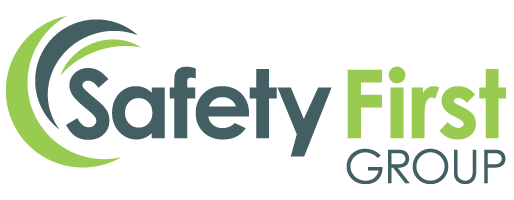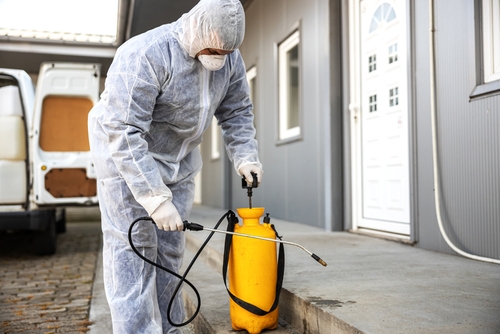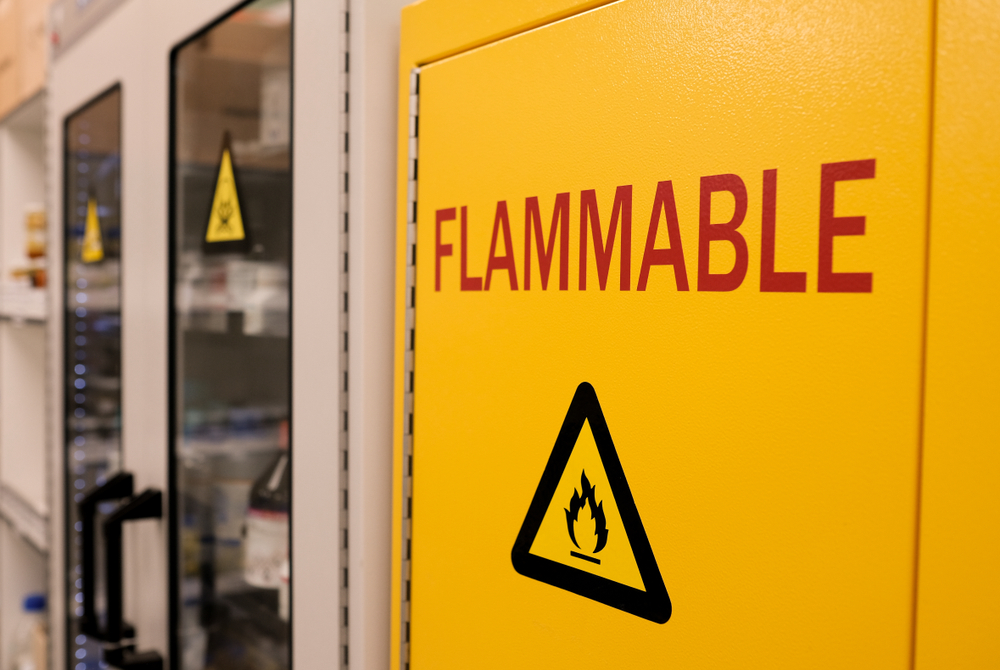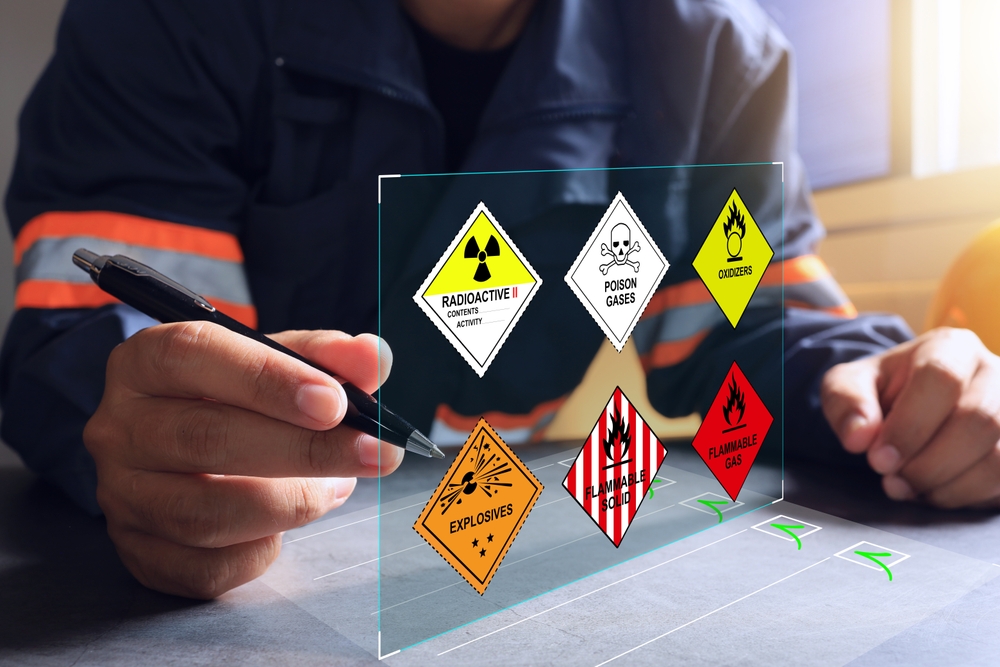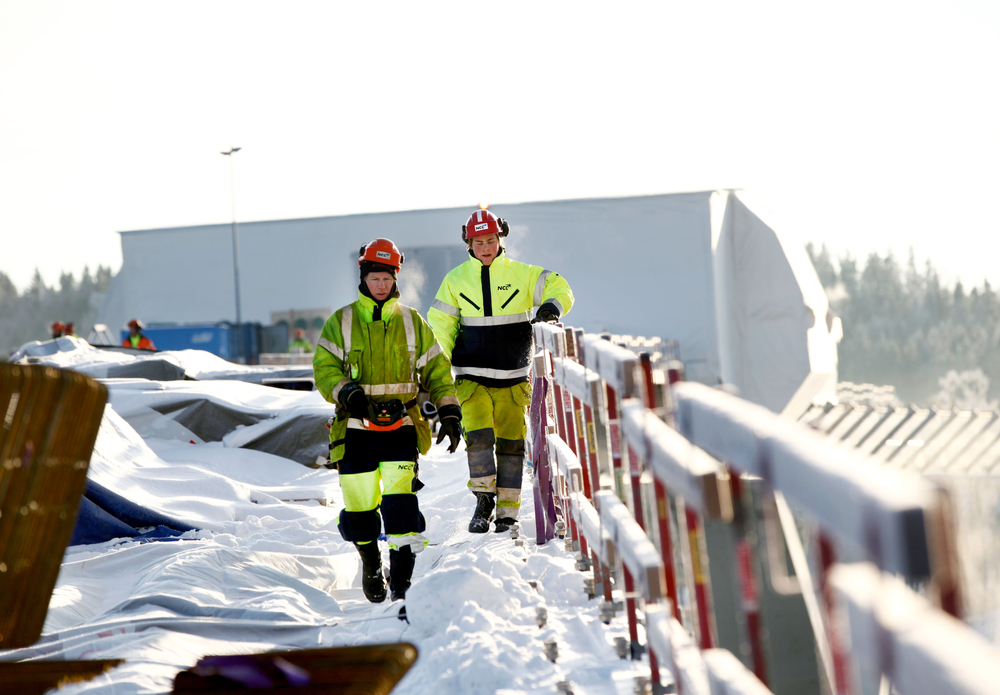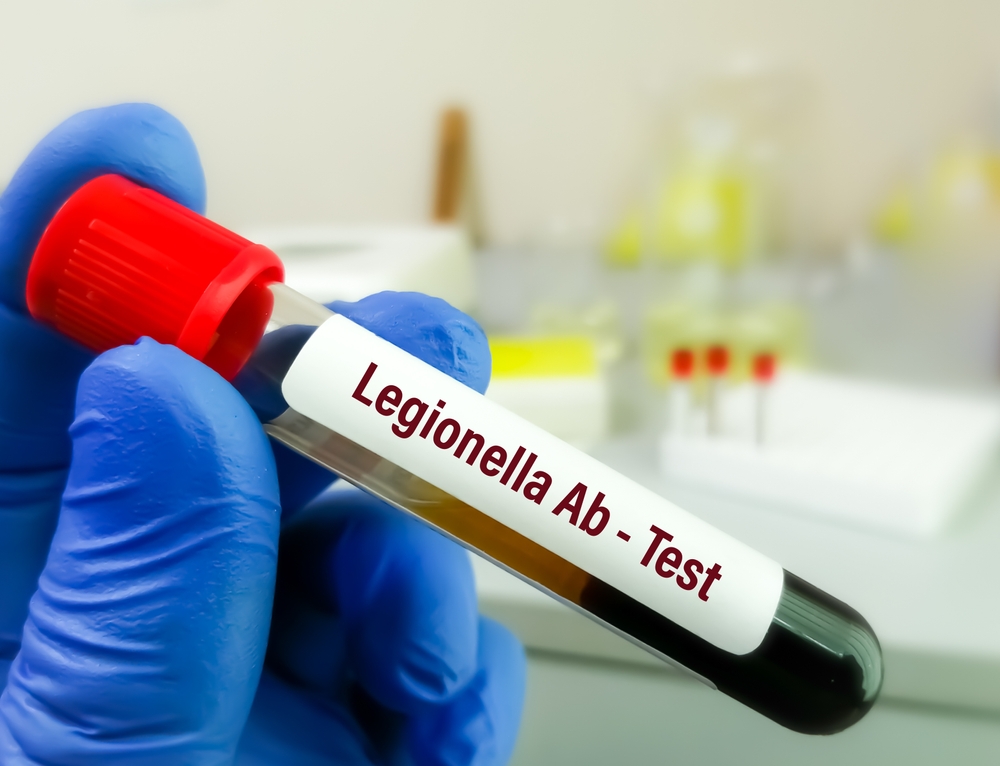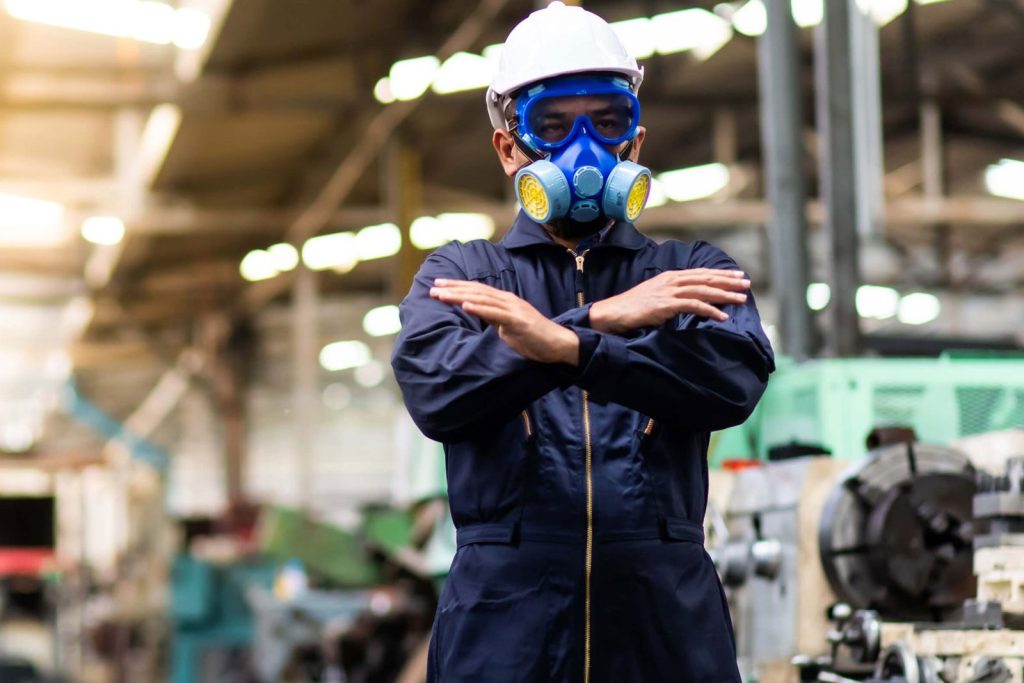Many workers in the UK are exposed to hazardous substances at work. But, do we understand enough about the long term effects these have? And more importantly, are we doing enough to protect our workers?
Let’s take a deeper look into the types of hazardous substances at work, and some of the serious health conditions that they can cause.
Hazardous substances at work
The term ‘hazardous substances’ refers to any material that cause harm to people, animals or the environment. We often find many hazardous substances within the manufacturing, construction and chemical industries. Sadly, some of these substances cause illness or injury, or in some serious cases can be fatal.
So what are these hazardous substances and where can we find them?
Identification of which substances are hazardous to health is a key component in the UK Control Of Substances Hazardous to Health (COSHH) regulations. If your business uses hazardous substances and does not comply with the HSE’s COSHH regulations, you need to take action NOW!
Types of hazardous substances
If you don’t do regular compliance testing, it might be because you don’t really know the types of hazards that need monitoring. Sometimes, you might simply not know the risk factors that exist in your workplace.
Let’s look at some of the most common hazards and the harmful effects these could have on your workforce.
- Chemicals – Can be gases, liquids or solids. Known to cause burns (both superficial and serious), respiratory problems and even cancer. This is where you need COSHH compliance.
- Biological – This includes bacteria (such as Legionella), viruses (Think COVID), and other microorganisms that cause illness or disease.
- Physical – Anything that you come into contact with – Electricity, heat and radiation.
- Ergonomic – Anything that requires repetitive motion, vibration, awkward postures and more that can contribute to musculoskeletal injuries
Risk factors
According to the BOHS, the effects of chemicals on workers varies depending on:
- The type of chemical
- The amount of chemical
- The length of exposure
- The route of entry into the body
- The health of the worker
And, all of these risk factors play a huge role in determining whether the exposure to risk is complex, and whether exposure could develop into long-term health conditions.
The effects of hazardous substances vary widely. Some acute effects like burns, skin or eye irritation, headaches and nausea are easy to spot. Others can develop internally and manifest in a chronic cough or occupational hearing loss. What’s more, these types of internal effects can take a while to manifest into anything, meaning that employers don’t immediately know that a hazard has caused damage.
More worryingly, chronic health effects caused by long term exposure can include liver damage or cancer.
Do you know the most common health problems resulting from long term exposure to hazardous substances in the workplace? The BOHS has listed the following:
- Asthma – can occur through an allergy to substances
- Cancer – can develop long after exposure to substances
- Dermatitis – as a result of direct skin contact to substances
- Losing consciousness – due to toxic fumes
- Viral infection – can be caused by bacteria
Managing exposure to hazardous substances
According to research, nearly a quarter of workers are exposed to hazardous substances in the air at work. This means that it is essential for businesses to conduct regular air quality monitoring to identify workplace exposure limits.
Being aware of, and prioritising exposure monitoring will help your workforce to remain healthy at work. And, when you can identify which employees are most at risk from hazardous substances, you can take steps to ensure compliance and safeguard their overall health.
Many types of businesses benefit from the edition of local exhaust ventilation (LEV) to remove as many airborne substances as they can. This will add a further step to your compliance requirements, but will protect your business and employees in the long run.
Where possible, a combination approach to managing hazardous substances would be preferred. However, you may need to consult a third party like Safety First Group to help identify whether this would be suitable for your business.
Got questions?
We have a team of experienced technicians available for you to contact. If preferred you can email us at enquiries@safetyfirstgroup.co.uk or call us on 0845 004 2133 for a chat about your requirements.
